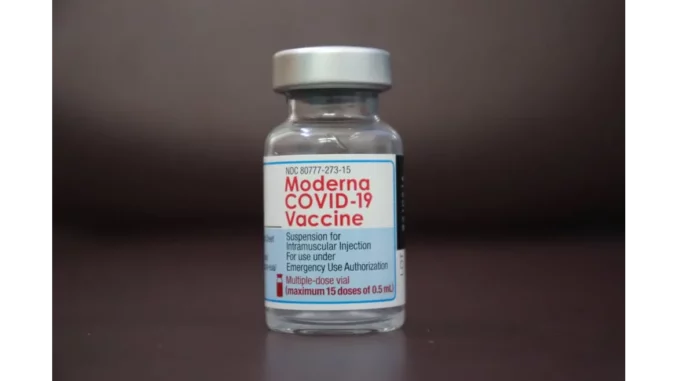
In the swiftly advancing realm of medical science, few developments have garnered as much attention from both the scientific community and the public as mRNA therapeutics. Recently, I had the privilege of conversing with Dr. Emily Harrington, a distinguished authority in genetic medicine, who provided her expert perspective on the burgeoning landscape of mRNA therapeutics and its potential to reshape the future of healthcare.
During our discussion, Dr. Harrington’s enthusiasm for the subject was unmistakable. She eloquently likened the mRNA therapeutics market to a living organism, perpetually evolving to meet the demands of contemporary medicine. This compelling metaphor set the stage for an exploration of the factors propelling the market’s remarkable expansion. Currently valued at $11.82 billion in 2023, the market is anticipated to surge to $48.65 billion by 2032, with a robust compound annual growth rate (CAGR) of 17.04%. Dr. Harrington attributed much of this growth to the unprecedented success of mRNA-based vaccines during the COVID-19 pandemic, which not only underscored the technology’s potential but also paved the way for broader applications. “The pandemic was both a challenge and an opportunity,” she stated, indicating how it pushed the boundaries of mRNA technology and unlocked new therapeutic areas.
One of the most promising arenas for mRNA therapeutics is oncology. The capacity of mRNA to engineer vaccines that activate the immune system to specifically target cancer cells is transformative. “We’re witnessing a paradigm shift,” Dr. Harrington observed, referring to the burgeoning reality of personalised cancer vaccines and the numerous clinical trials currently underway. These trials are exploring mRNA’s potential against a range of cancers, including melanoma and non-small cell lung cancer, and are expected to drive significant growth in this area during the forecast period.
Our dialogue naturally progressed towards the expansion of mRNA vaccines beyond the scope of COVID-19. Dr. Harrington pointed out the ongoing development of mRNA vaccines for infectious diseases such as influenza, RSV, and the Zika virus. “The adaptability of mRNA technology is its greatest strength,” she remarked, highlighting its capacity to swiftly respond to emerging infectious threats, a crucial capability in our interconnected global landscape. As demand for mRNA-based therapies continues to rise, investment in research and development has surged, spurring collaborations and increasing the number of clinical trials. Dr. Harrington emphasised the pivotal role of regulatory approvals in enhancing the acceptance and proliferation of mRNA products, noting that regulatory bodies have become more agile in recognising the potential of these therapies.
The market’s regional dynamics also garnered attention, with Dr. Harrington providing insightful analysis. North America currently dominates, owing to its robust pharmaceutical industry and advanced healthcare infrastructure. Europe follows closely, with nations like Germany and the UK emerging as key contributors through collaborations between biotech companies and academic institutions. “It’s a concerted effort to push the boundaries of mRNA applications,” Dr. Harrington explained. Meanwhile, the Asia Pacific region is poised for the highest growth, driven by increased healthcare expenditures and a burgeoning focus on personalised medicine. “Countries like China and India are investing heavily in biotechnology,” Dr. Harrington observed, noting their commitment to advancing healthcare technologies and setting the stage for substantial market expansion.
As our conversation drew to a conclusion, Dr. Harrington candidly discussed the challenges confronting the mRNA therapeutics market. She acknowledged obstacles such as the specialised storage conditions required and the high development costs, yet maintained an optimistic outlook. “Every innovation comes with its set of challenges,” she remarked, underscoring the belief that the potential benefits far outweigh the drawbacks. Dr. Harrington’s insights depicted the mRNA therapeutics market as a dynamic and transformative force within modern healthcare.
As the market continues to grow and diversify, the demand for mRNA-based vaccines and therapies is set to drive further advancements across various therapeutic domains, notably in oncology and infectious diseases. The future of mRNA therapeutics appears extraordinarily promising, suggesting that this groundbreaking technology will play an increasingly pivotal role in the evolving landscape of medicine.


Be the first to comment